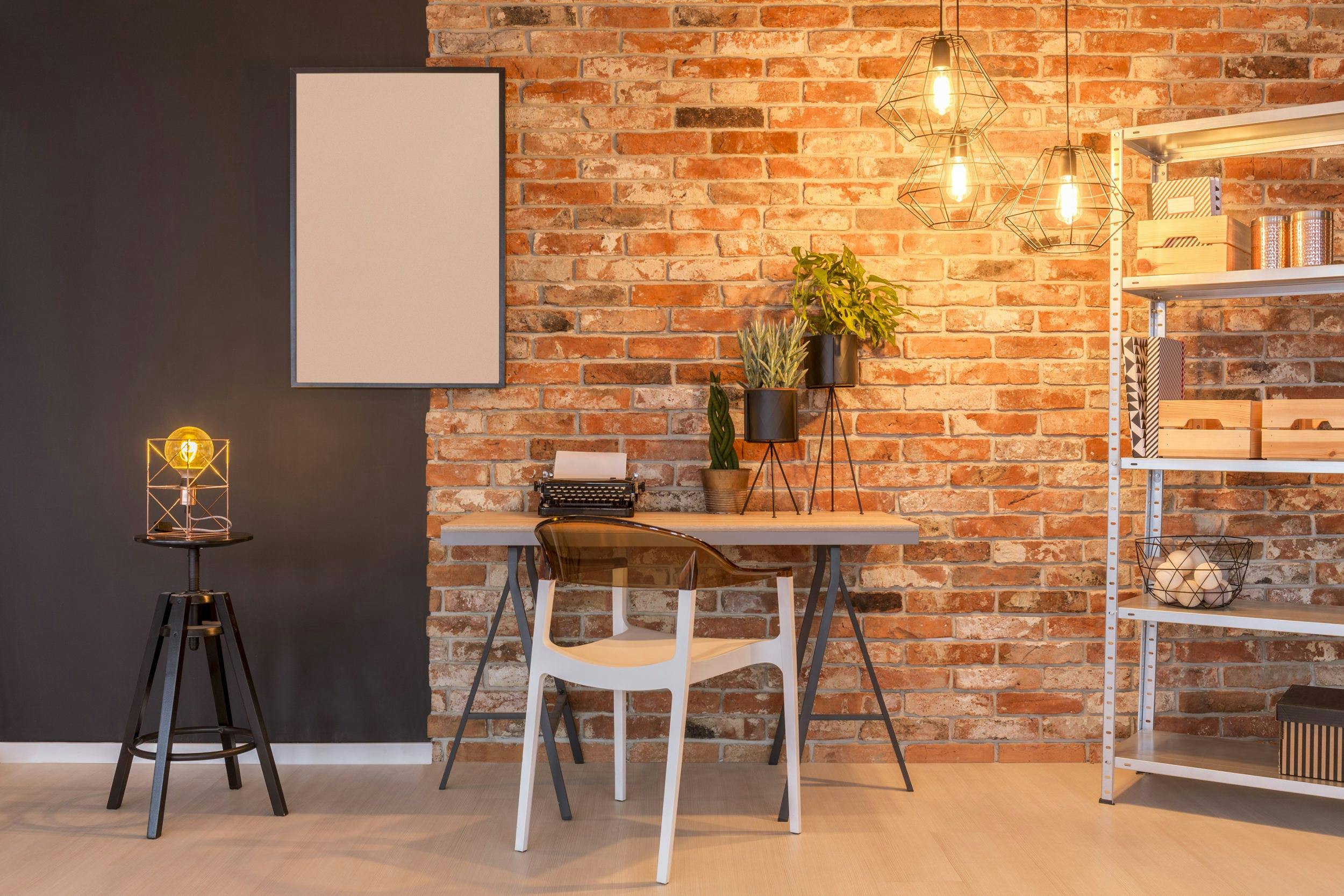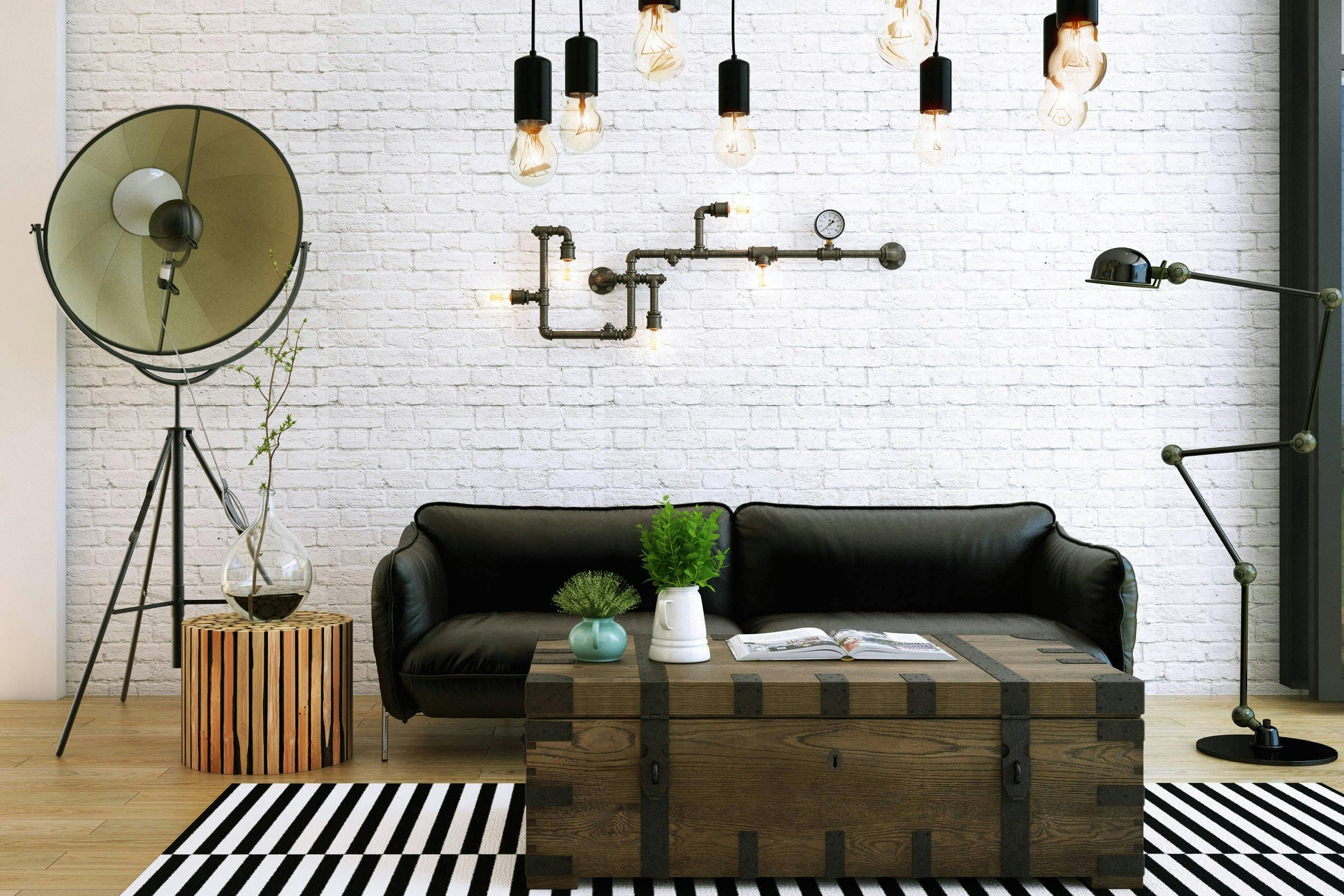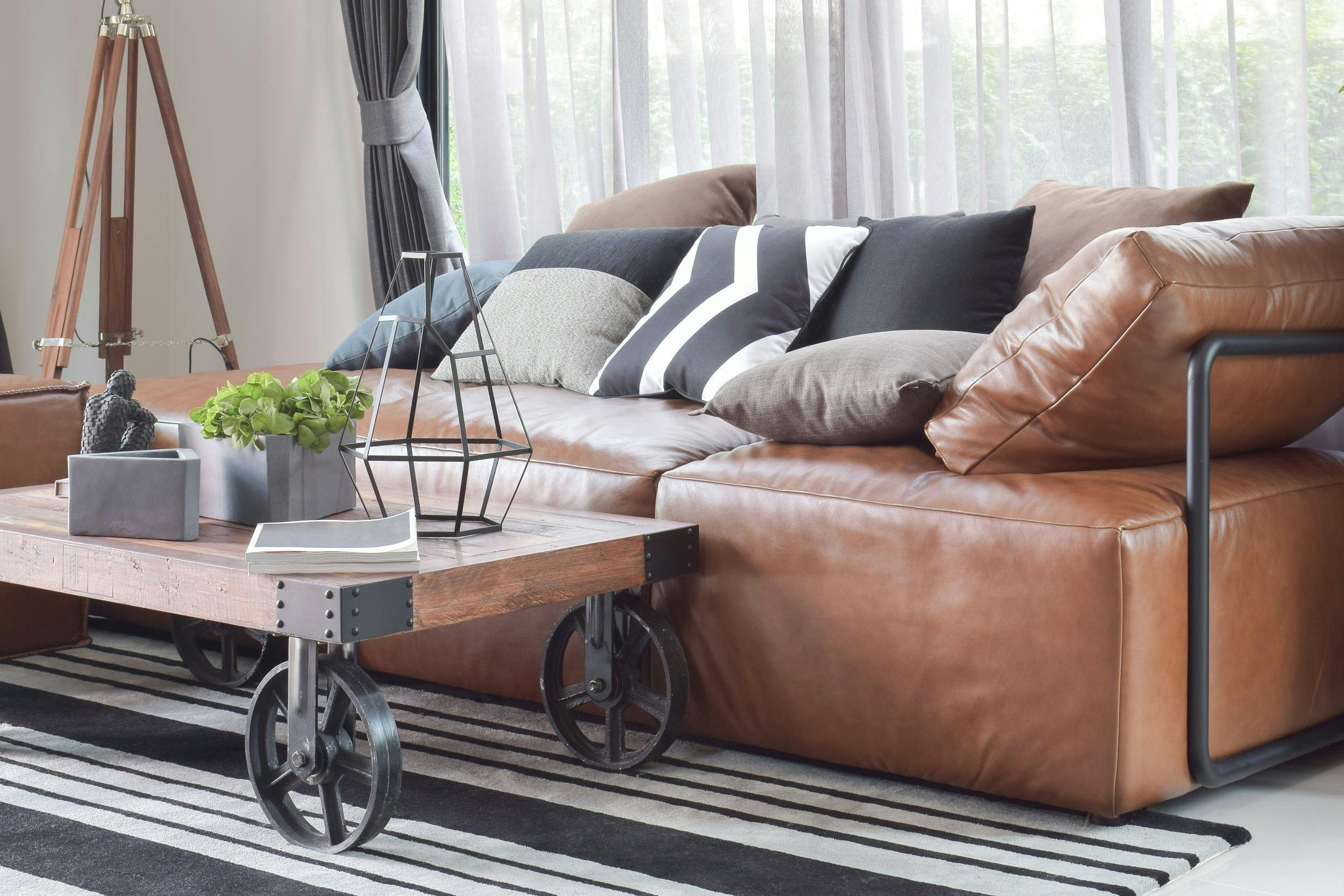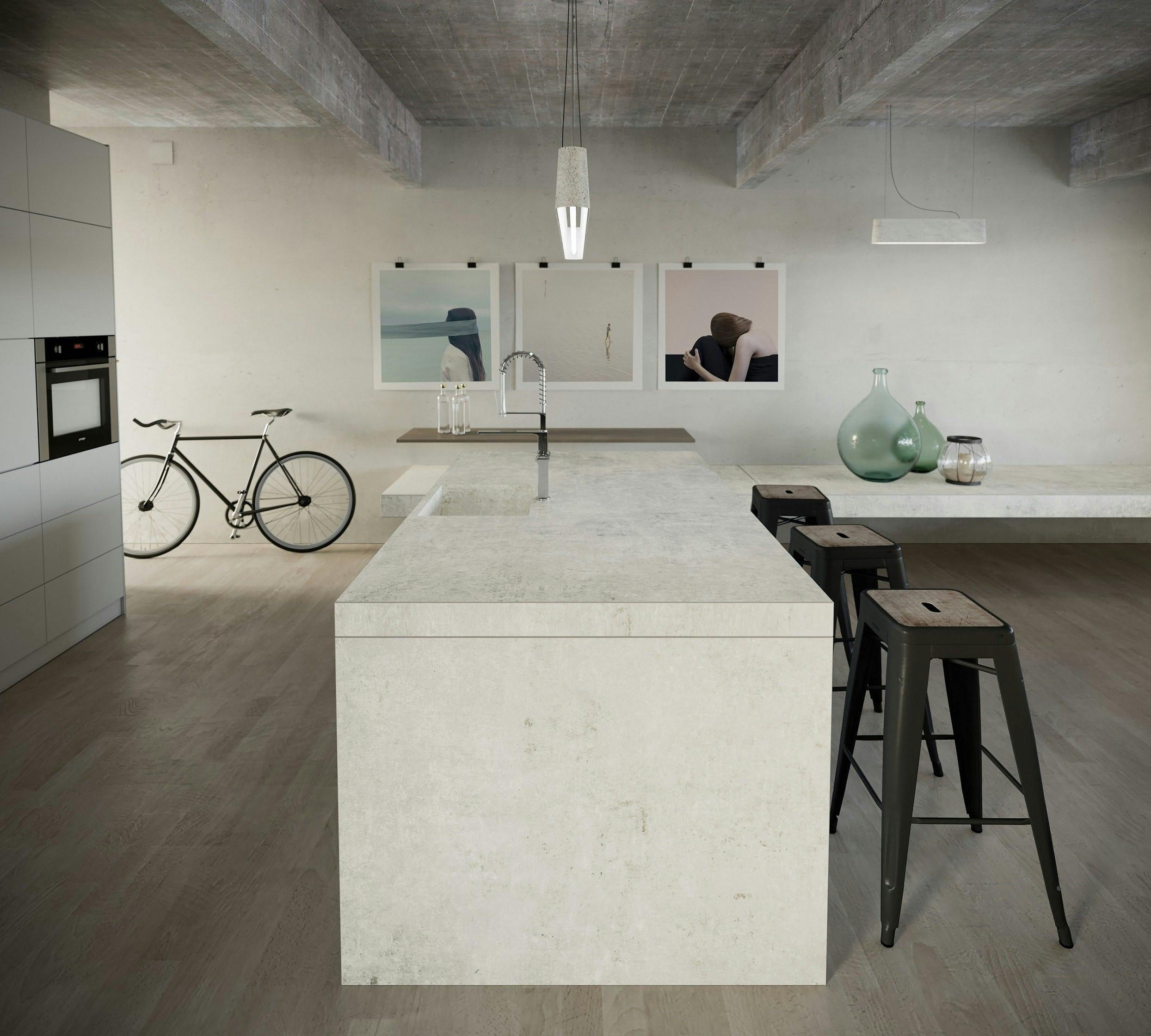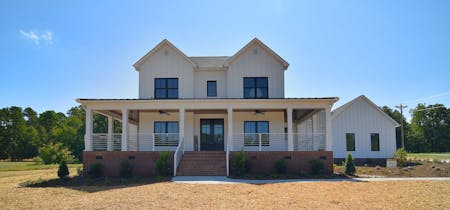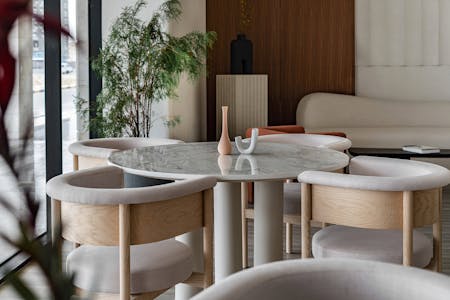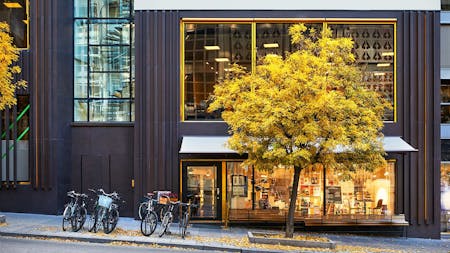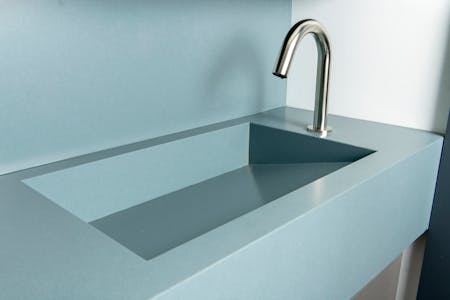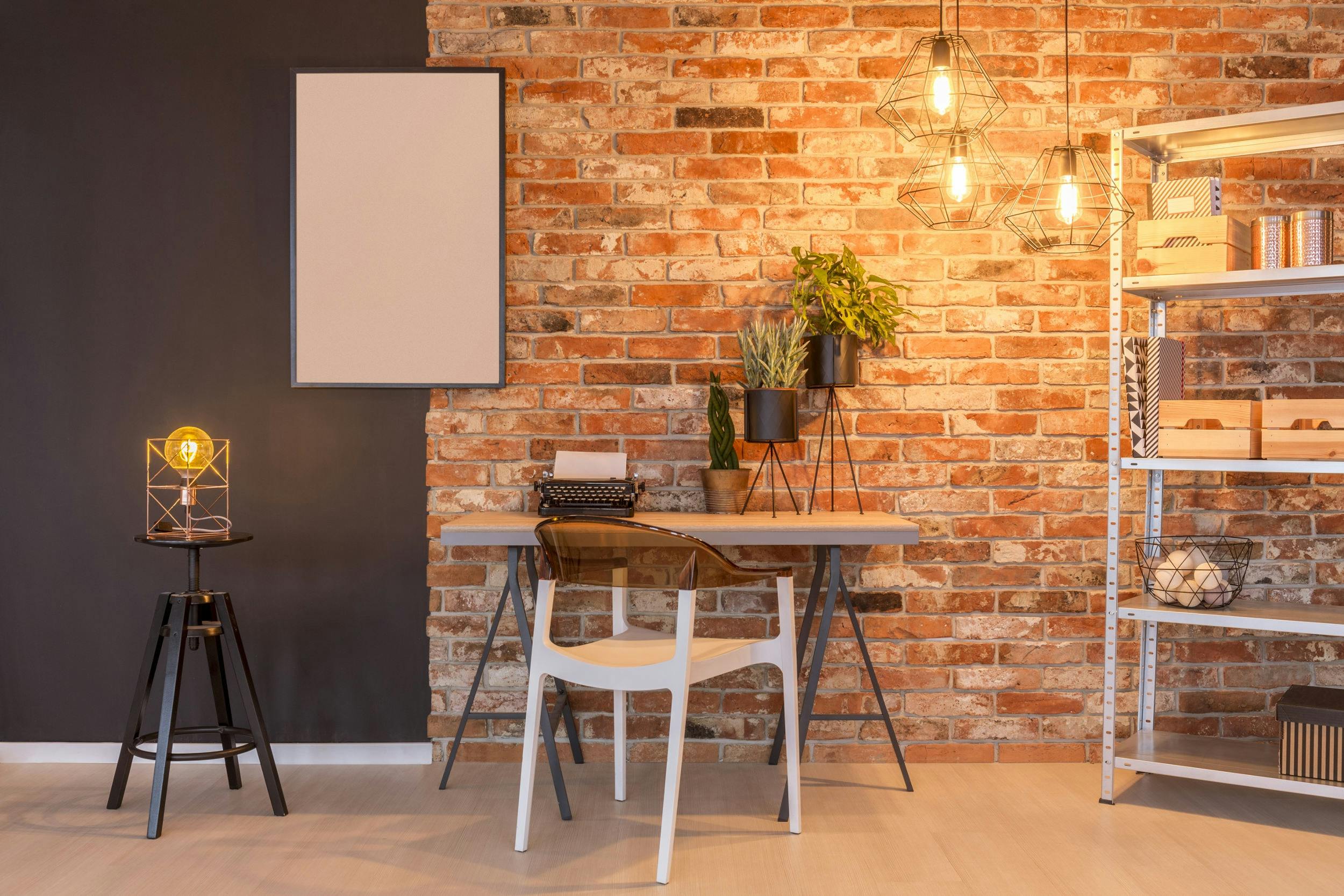
Industrial Style in Interior Design
The industrial style emerged in America in the 1950s, when numerous artists – photographers, painters, sculptors and many other creative types – moved from major city centres to their outskirts. There, in search of light and space, they converted old factories into homes, creating inspiring, open-plan spaces that allowed their creativity to flow.
These open and continuous environments were the ideal setting in which to work as well as live. Later, the trend spread to London and other European cities like Paris and Prague, and become popular all over the world.
The industrial style continues to reinvent itself but stays true to its origins
Industrial-style loft living is still fashionable today, almost 70 years after the trend first appeared. The open-plan spaces are characterized by a lack of partitions, high ceilings, large windows, pillars and exposed beams, ducts and drainpipes. The luxury found in simplicity is the guiding principle.
These unadorned spaces reveal the construction materials and rough style of the past while adapting to the needs and technology of modern lifestyles. The result is a comfortable, warm and friendly environment that retains its vintage essence.
A simple and authentic architectural style
Spaces that are decidedly unpretentious and have beauty and simplicity in equal measure. The original construction materials and fittings emphasize the aesthetic and decorative impact of brick and cement walls. The ironwork and wooden beams of high ceilings are left exposed, as are electrical cabling, ventilation ducts and even pipes and plumbing. Nothing is hidden, everything is on display!
When it comes to floors and walls, one of the most commonly used materials is microcement, which provides an extremely practical surface that is easy to clean and maintain. Materials that imitate cement are in vogue, such as Orix by Dekton® by Cosentino, whose aged grey cement look gives a space a decadent and bohemian feel, typical of the industrial aesthetic. Unadorned materials are making a comeback in the home.
Decorating a space with character
There’s no need to live in a huge loft, because thanks to today’s interior design techniques and architectural materials, we can recreate the industrial look in any home, by choosing pieces that are both solid and striking, such as untreated wood, metal and also leather. For shelving, metal is always a safe bet, with structures reminiscent of old offices or modern day warehouses and storerooms.
Something else to consider when choosing industrial-style furniture is upcycling; that is, recycling old pieces like wooden pallets, table structures and benches and creating new uses for them. Reclaimed bobbins can be used to create bases for tables and old elevator machinery can be hung on walls as sculptures. Any of these elements will add a huge dose of personality.
Materials and textures that evoke the manufacturing age
As we mentioned before, walls can be like canvases. By playing with their texture, we can make them a stand-out feature of any home. For example, exposed brick, cement and concrete walls are iconic features of the industrial style. Walls can be left unplastered or, to achieve a similar effect, covered with an industrial paint to give them an aged look. Another option is wallpaper or vinyl. And there are even innovative cladding products such as the Industrial Series Collection by Dekton® by Cosentino, which gives surfaces a rusted look. Neutral tones dominate this decorative style. The colour Soke is ideal for those seeking to recreate the classic cement floor, and the black and gray Trilium has a texture that imitates volcanic rock and makes a real impact.
The industrial look is back and it’s here to stay. Are you ready to embrace this urban style where functionality reigns supreme?


